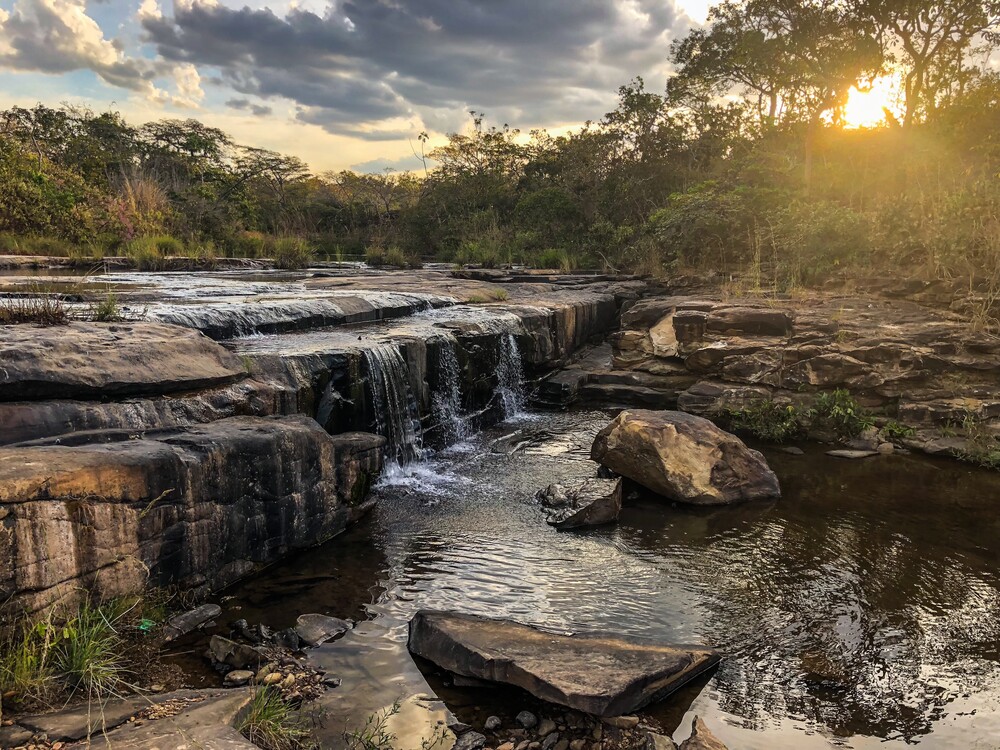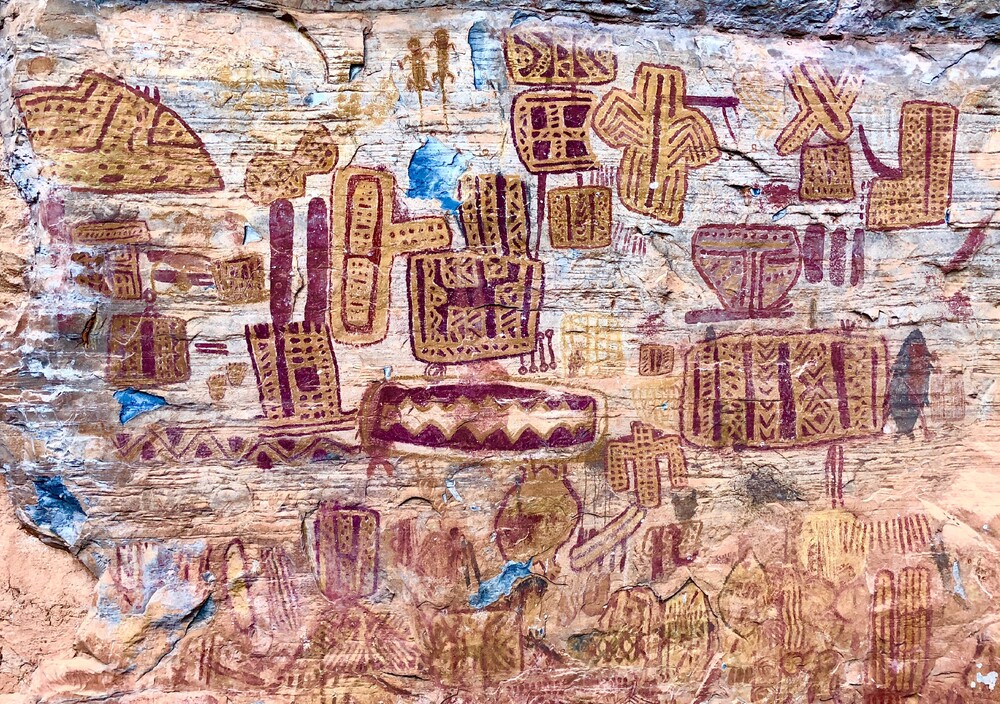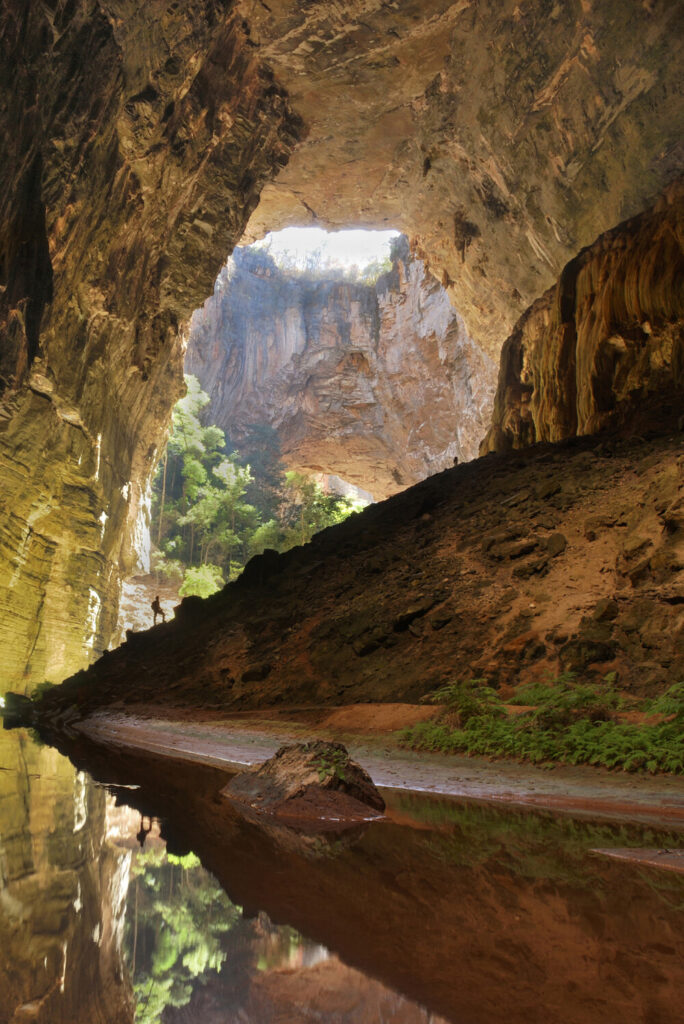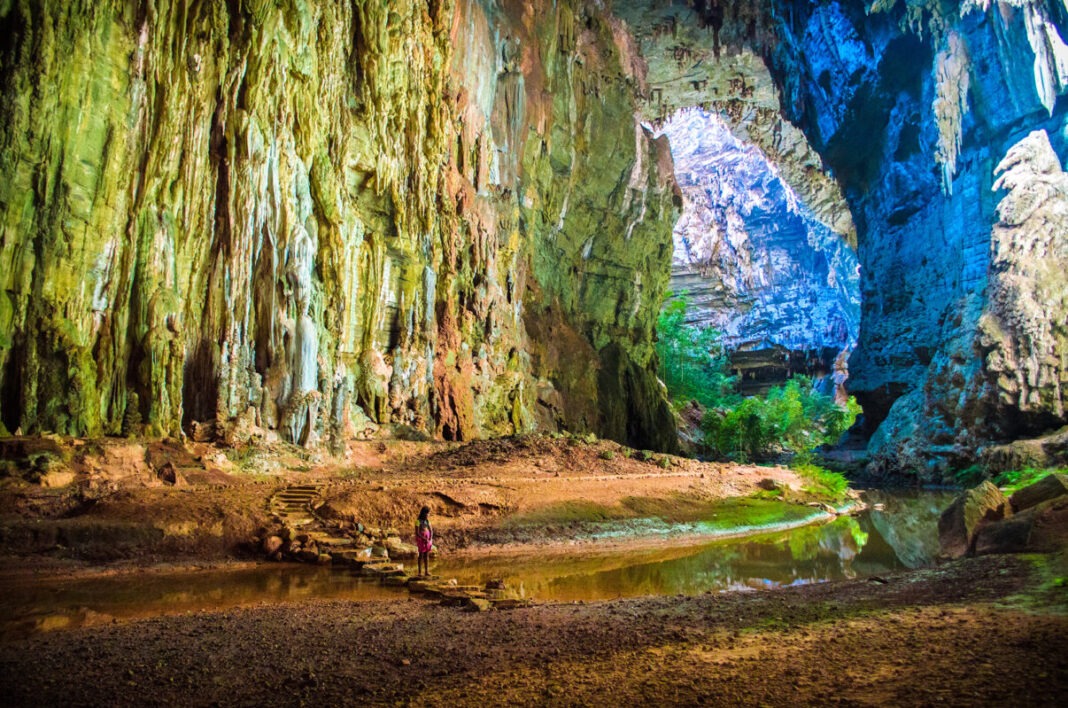Brazil’s hidden treasure earns global recognition for its natural beauty, prehistoric art, and ecological importance
Tucked away in the remote landscapes of northern Minas Gerais, the Peruaçu Caves National Park has just been officially recognized as a UNESCO World Heritage Site — a major milestone for Brazilian conservation and a new destination on the global ecotourism map.
Peruaçu has been officially recognized as a UNESCO World Heritage Site for its outstanding universal value, thanks to its unique combination of geological, ecological, archaeological, and scenic features.
A Natural and Cultural Wonder in Brazil
Covering more than 56,000 hectares, Peruaçu National Park is home to over 200 caves, some of which stretch more than 100 meters high and six kilometers long. These vast underground formations, carved into limestone over millennia, house stunning prehistoric rock art dating back 12,000 years — evidence of ancient human civilizations in the heart of South America.
Among the park’s most spectacular features is the Caverna do Janelão, one of the largest caves in Latin America, famous for its monumental entrances and the “Dancer’s Leg” — a 28-meter stalactite considered one of the largest in the world.
Where Three Brazilian Biomes Meet

Peruaçu is also a biodiversity hotspot, located at the intersection of three major Brazilian biomes: the Cerrado, Caatinga, and Atlantic Forest. The park shelters more than 2,000 species of plants and animals — many of them endangered — making it a vital ecological corridor and a must-visit destination for nature lovers and researchers alike.
Cultural Heritage and Indigenous Wisdom
The name Peruaçu comes from the Indigenous Xakriabá people and means “big hole” — a reference to the region’s dramatic limestone formations. The Xakriabá have protected this land for generations, using traditional knowledge and sustainable practices.
The UNESCO recognition honors not only the park’s natural and historical significance but also the deep relationship between local communities and the environment. According to ICMBio (the Chico Mendes Institute for Biodiversity Conservation), this international title celebrates the “daily efforts of local communities and conservation teams working to protect Brazil’s biodiversity.”
A New Chapter for Sustainable Tourism in Minas Gerais

Despite its global significance, Peruaçu remains one of Brazil’s least visited parks, with just 14,600 visitors in 2024. The hope is that UNESCO’s spotlight will help attract ecotourists, researchers, and cultural travelers, boosting community-based tourism and sustainable development in the region.
This recognition joins Peruaçu with icons like Iguaçu Falls, Lençóis Maranhenses, and Fernando de Noronha — bringing Brazil’s total number of natural UNESCO World Heritage Sites to eight.




